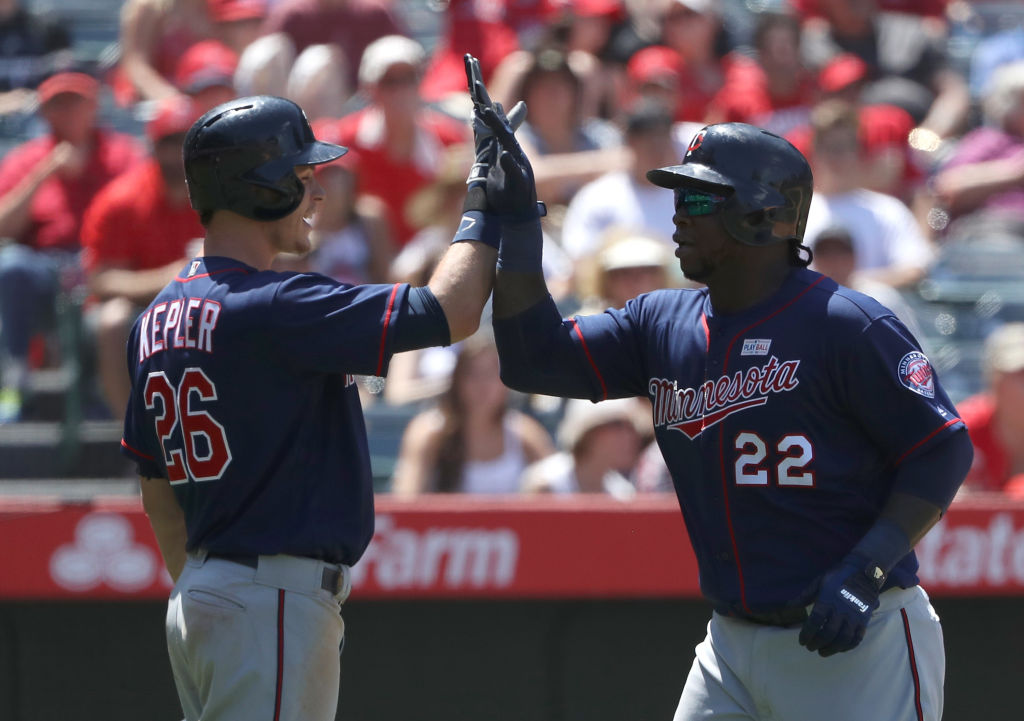Assuming consistent production out of a lineup, statistics have borne out that there is little to no effect when changing up a batting order. You should have very similar productivity no matter what order players are in the lineup card. Some, to be sure, which is why the best hitters are often in the top of the lineup, but generally inconsequential.
But does it work the other way around? I remember back in the early 90’s when Brian Harper was having a hot streak. Tom Kelly wanted to move him up in the lineup, but Harper said he preferred and performed best when batting 6th. With so much of baseball dependent on routine and timing, this absolutely rings real with me.
Rocco Baldelli is a student of the sabremetric analysis of the game, and undoubtedly builds his lineup with that in mind. Max Kepler is at the top of the order with Jorge Polanco right behind him on most nights, which is further up than they ever used to hit. The typically slow starting Byron Buxton is batting 9th and excelling.
Now might be the time some teams would say “let’s put the speedy Buxton at the top of the order and drop Kepler to a spot where he might drive in some more batters. Miguel Sano’s return later this month will be the perfect opportunity to make such a move.
That runs counter to the points I have made, however. The first is math. Batting order barely matters, assuming a player will produce the same no matter where he hits. The second is anecdotal – some players may produce better when they are in a spot in the order where they are comfortable. If any change would be marginal, and then only on paper, why bother with making any changes at all when things are going well? Don’t mess with a good thing. Leave the lineup fairly unperturbed, until things start to go awry.
Add The Sports Daily to your Google News Feed!
